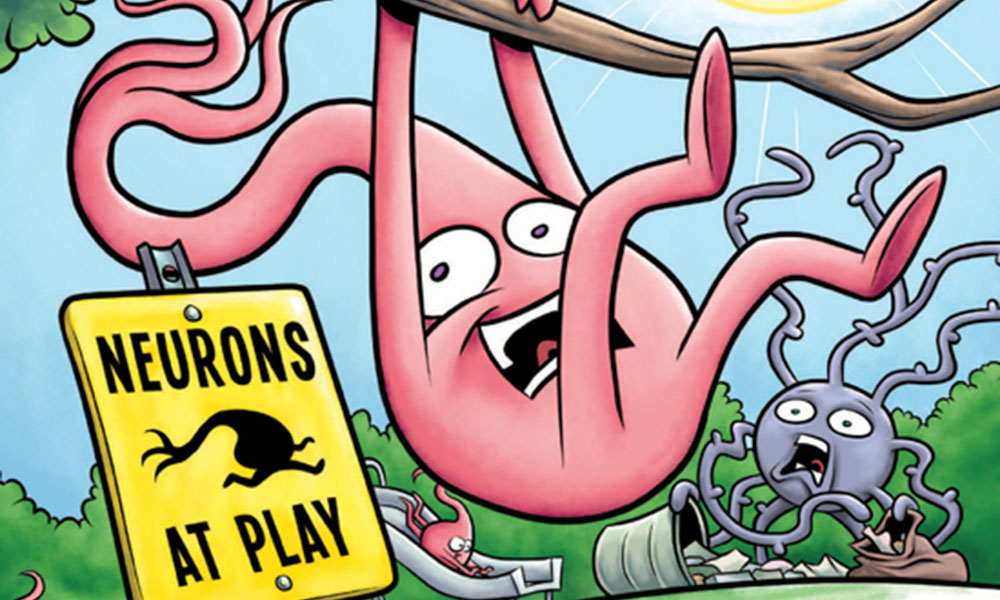Microglia, the most abundant brain-resident immune cell, are specialized – highly heterogeneous tissue macrophages that control many functional and developmental features of the central nervous system (CNS). Their homeostatic population comes mostly by yolk sac precursors during embryogenesis and maintain a rather well-defined transcriptional signature that is maintained by cytokines of the brain environment (e.g. TGF-beta) and other environmental factors (e.g. microbiota); on the other hand, different cohort of cells, displaying a slightly different signature, is represented by perypheral monocyte-derived cells that enter the brain and differentiate in loco. Given the central role played by microglia in CNS homeostasis, these cells have long be connected to the processes that either trigger or avoid neurodegeneration.
In this review, recently published by Wilbur M. Song and Marco Colonna on Nature immunology, the authors gathered the most recent discoveries regarding the transcriptomic, phenotypical, morphological and functional modifications that microglia undergo during different neurodegenerative pathologies. These disease-associated microglia (DAM) are found in different neurodegenerative contests (e.g. Alzheimer’s disease, Parkinson’s disease, Huntington’s disease, amyotrophic lateral sclerosis) as well as more-neuroinflammatory paradigms (e.g. multiple sclerosis), although their signature (expression of transcription factors and surface markers) may differ significantly, while spanning throughout the vast host of proteins that are expressed both by M1- and M2-like phenotypes. Particular attention has been dedicated to the role of TREM2 receptor and type I/II interferon signaling axes in the induction of DAM phenotype.

